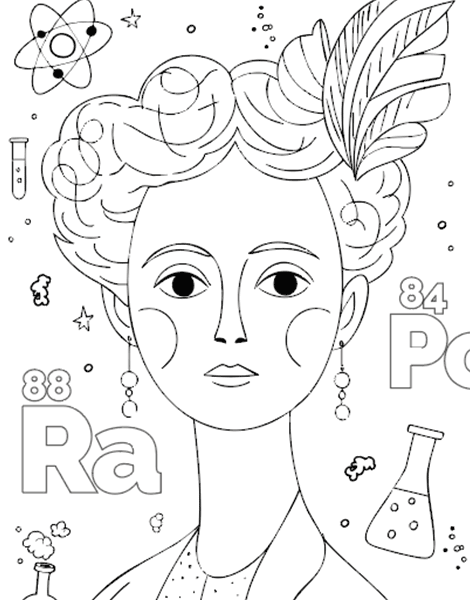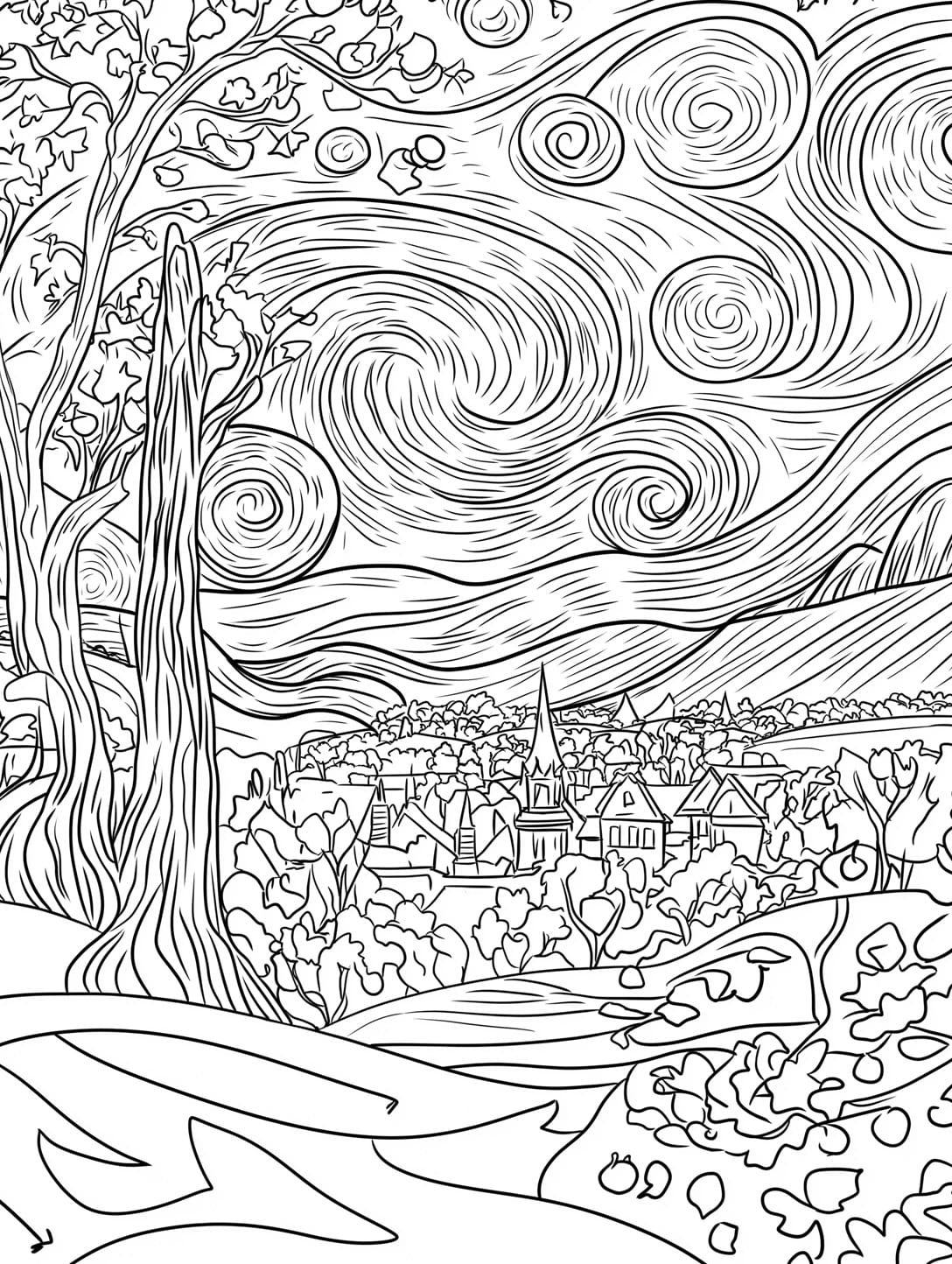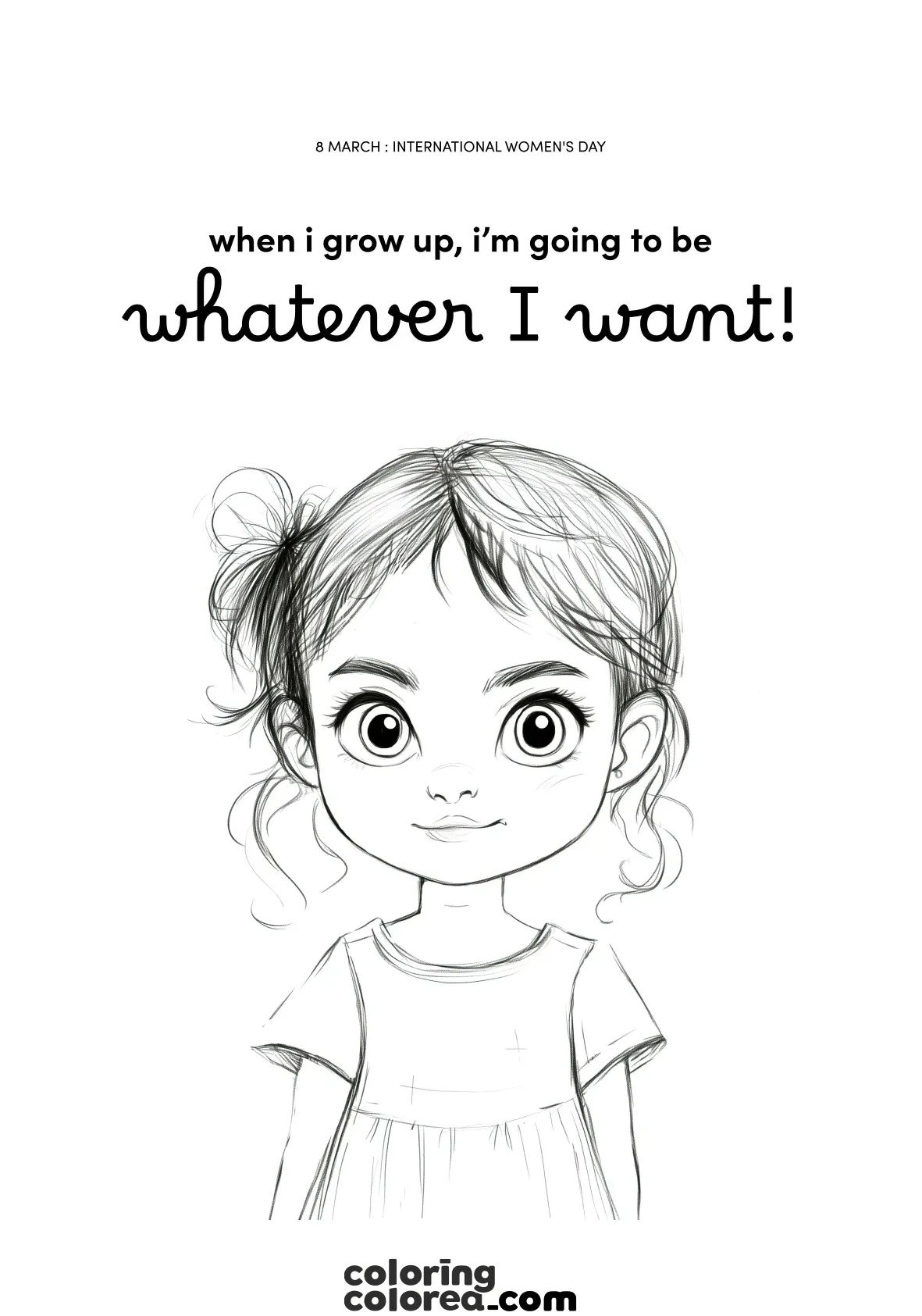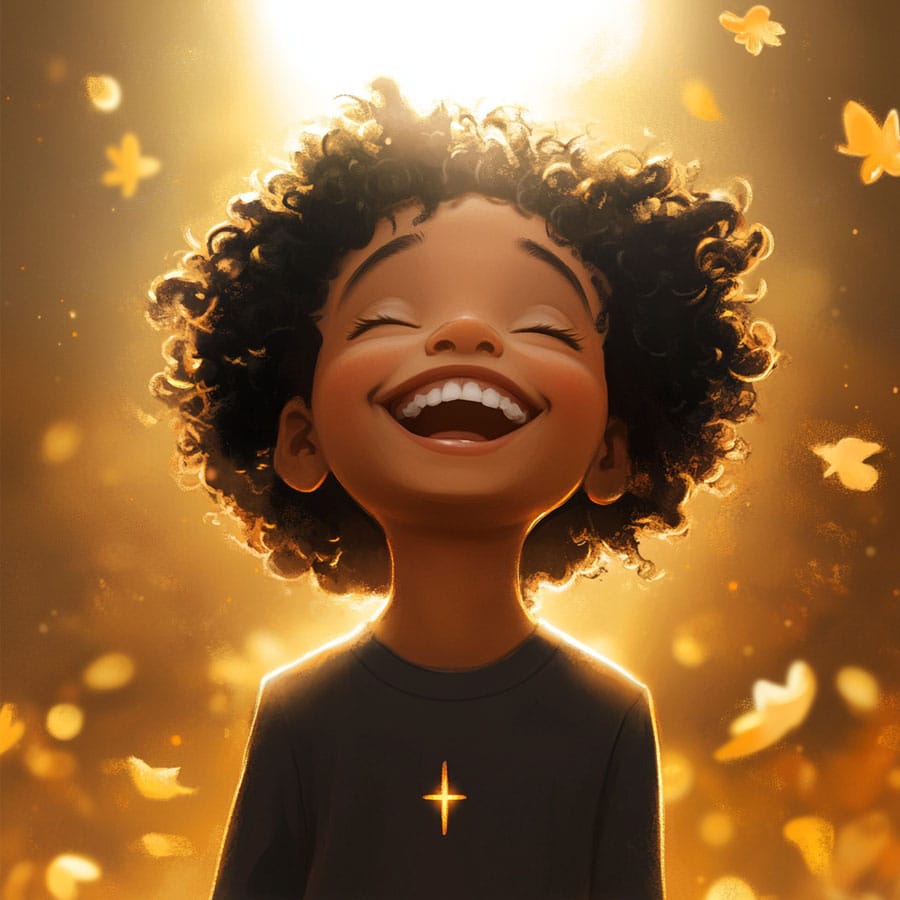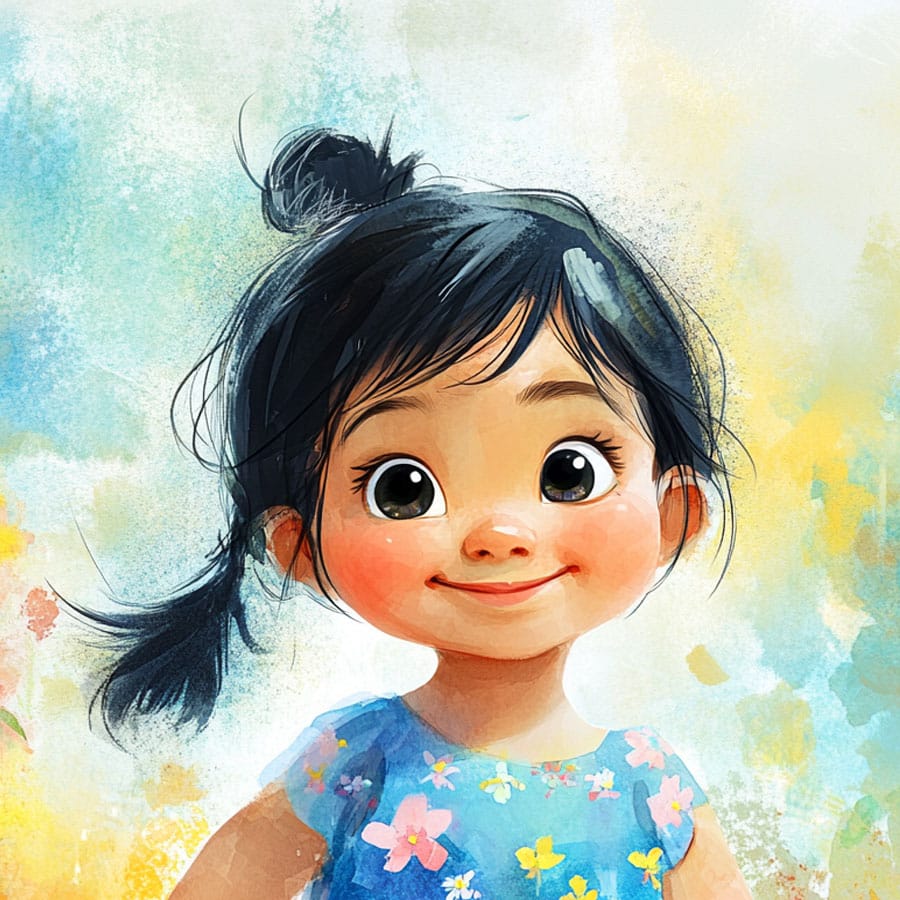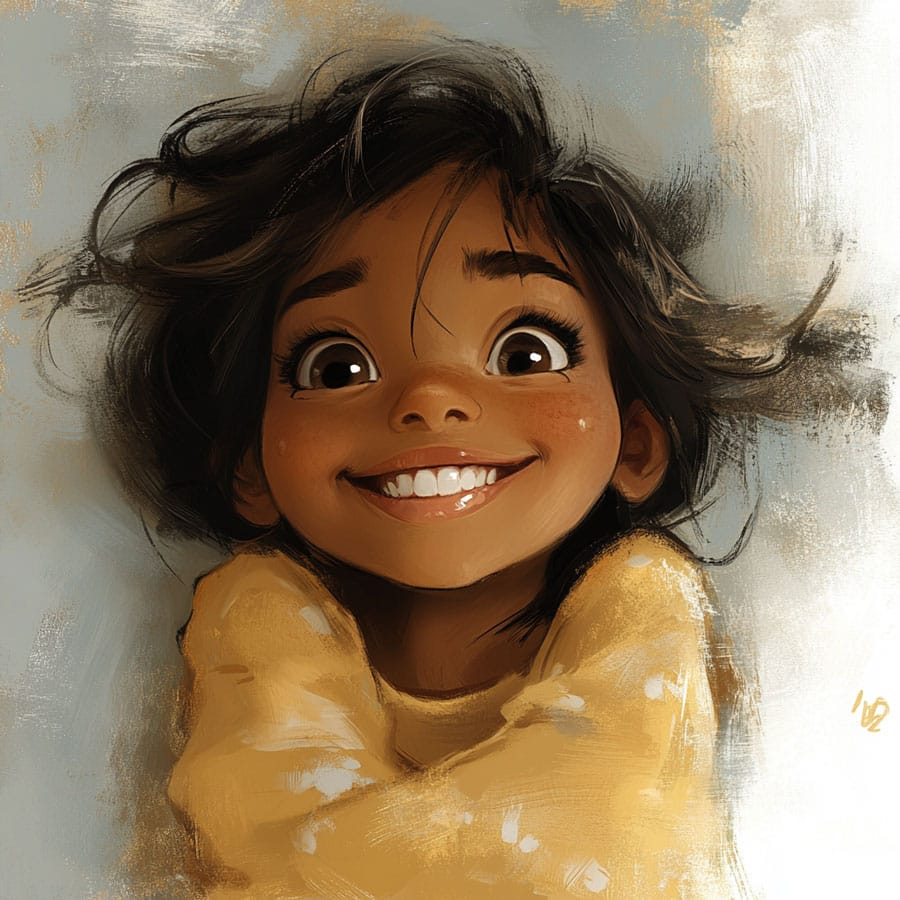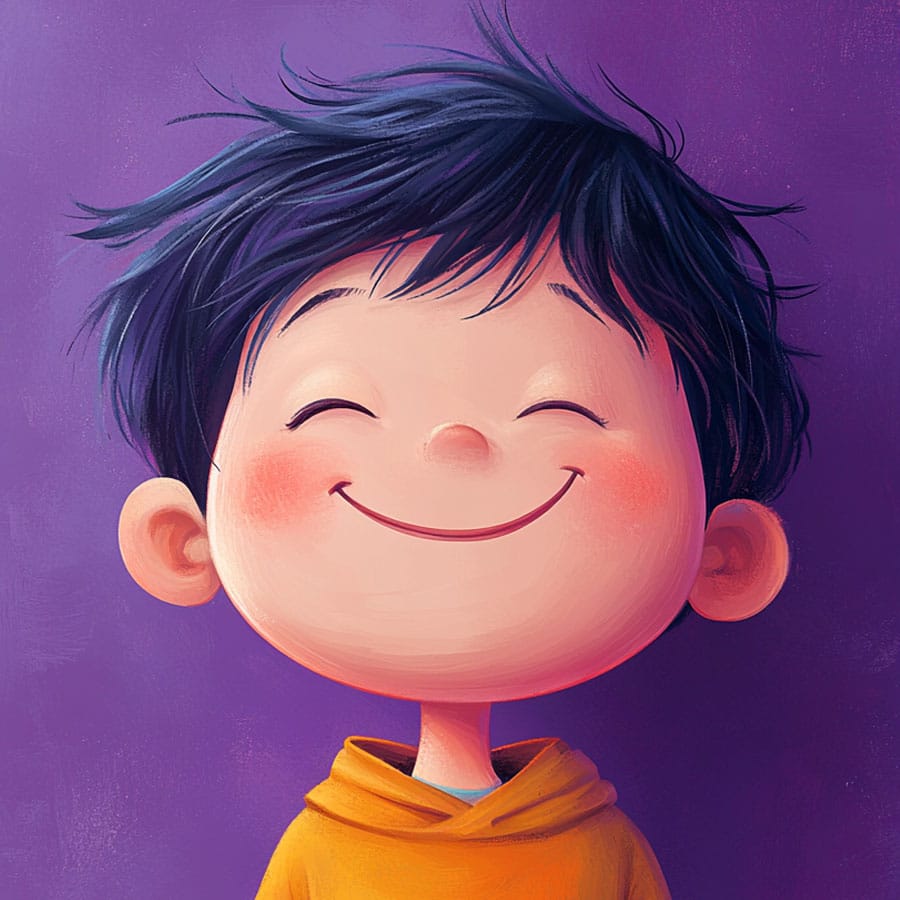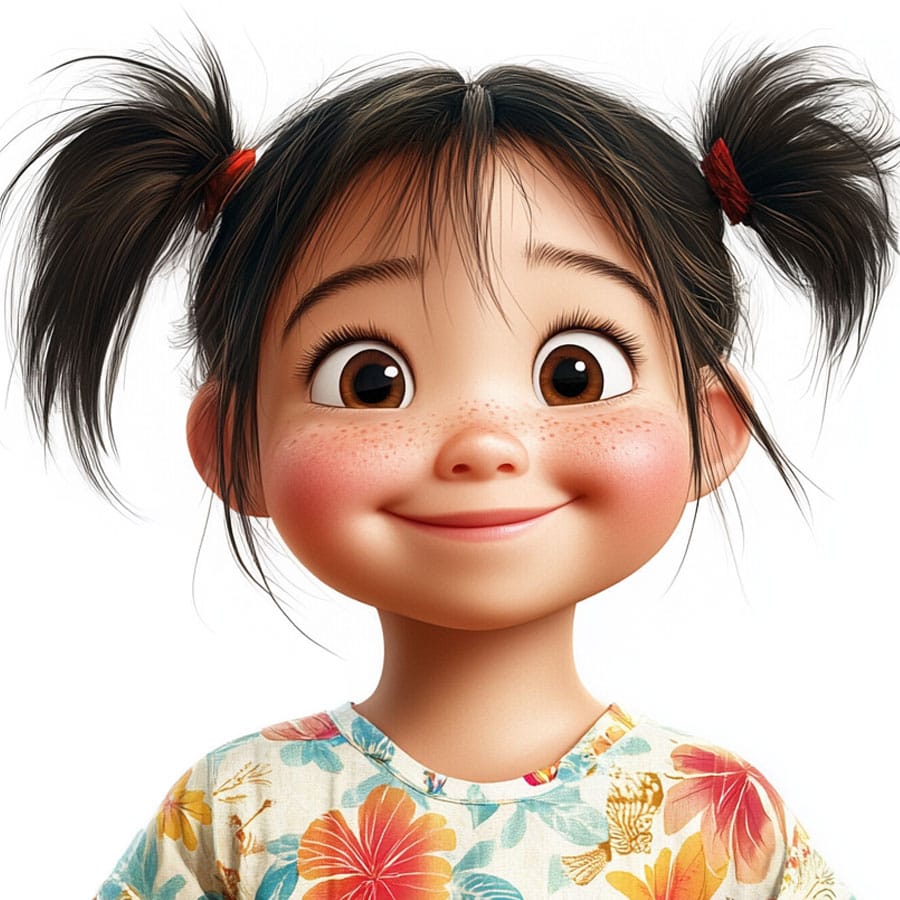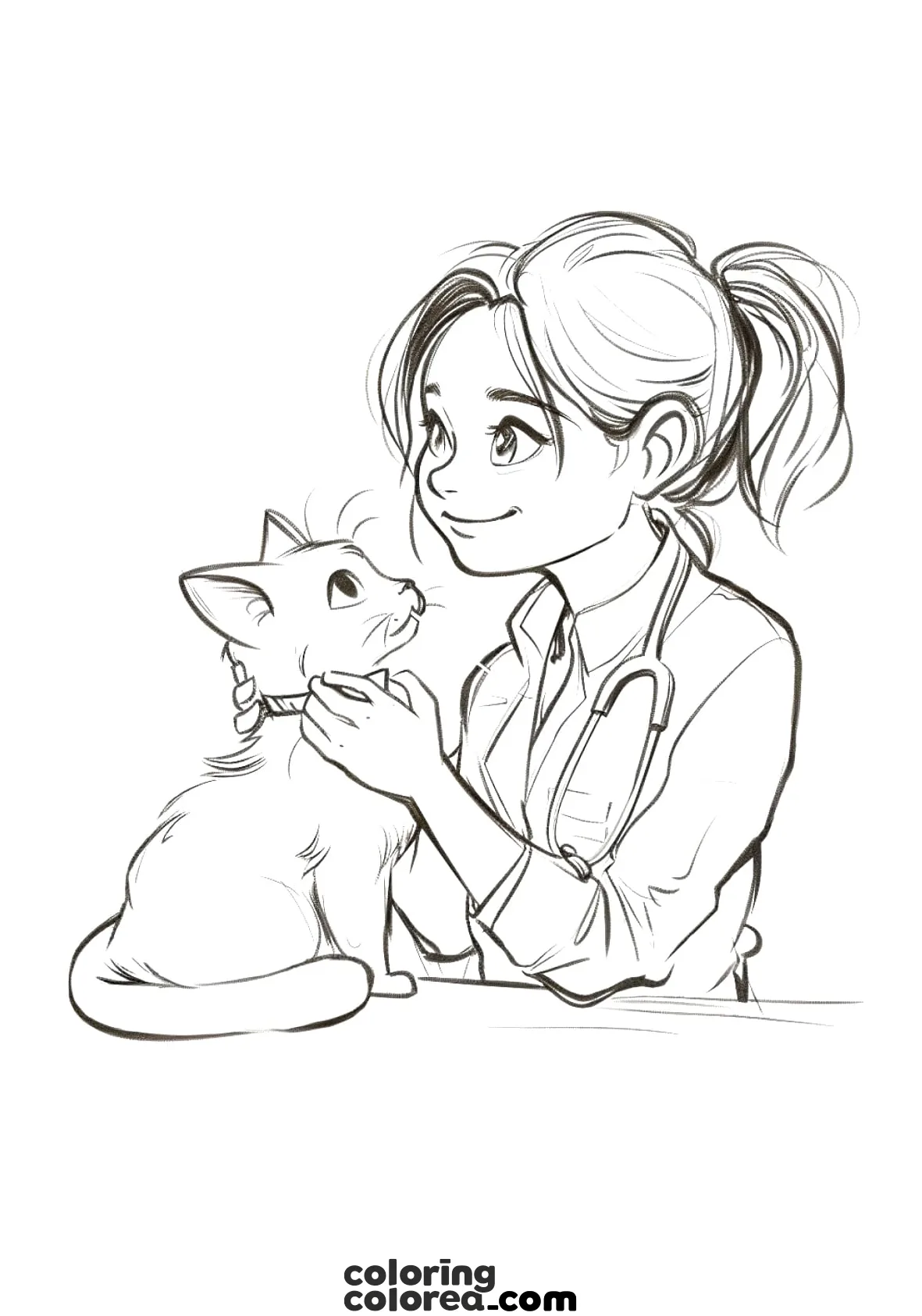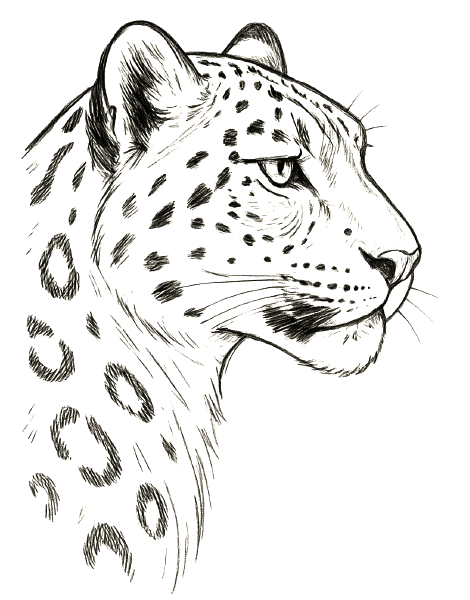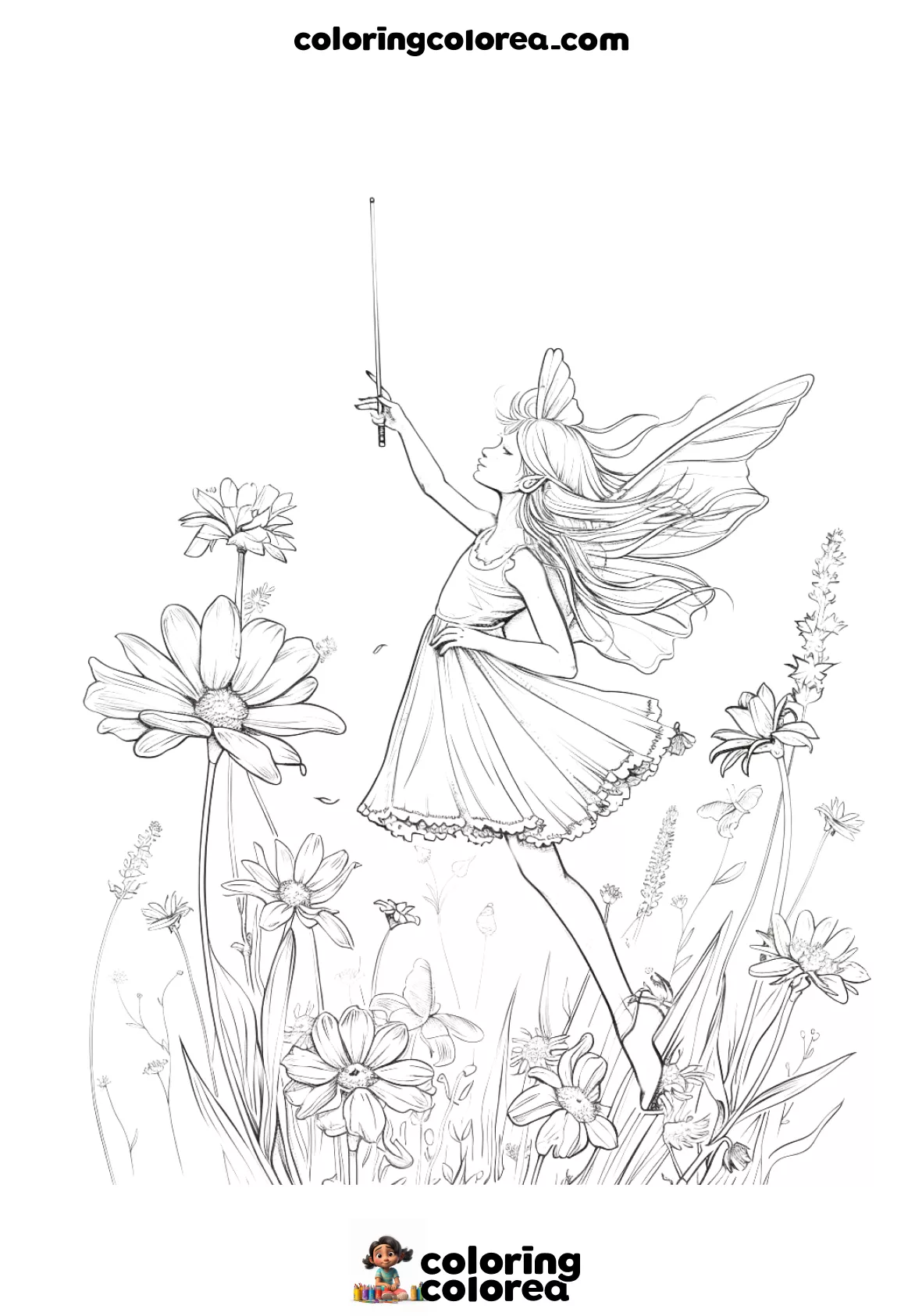Ideas and tips for colouring the happy child
The key to highlighting happiness in this drawing is using bright and cheerful colors. You can start with a soft skin tone for the boy’s face and use warm colors like reds or oranges for his shirt, which will perfectly complement his joyful expression. If you’d prefer a calmer look, a bright blue or soft green would give it a fresh and friendly touch.
- For the eyes, you can use a dark shade like brown or black, but don’t forget to add a touch of white light in the pupils to give them that lively, happy sparkle.
- The cheeks can have a light pink tone to highlight his excitement, using a soft blending technique with colored pencils or even watercolors for a more delicate effect..
- The hair could be light brown, blonde, or even black, depending on your preference. Since the drawing is simple, you can add some shading at the roots and bangs to give it depth.
Recognizing emotions is a key aspect of child development. Psychological studies show that young children can interpret basic emotions on faces from a very early age. Drawing and coloring these facial expressions is a way for children not only to learn to identify these emotions in others but also to recognize them in themselves. This type of activity also promotes empathy and emotional intelligence, as children can verbalize why they think the character is happy and what real-life situations make them feel the same way.
Did you know that expressions of joy and happiness are universal across all cultures? No matter where you are in the world, a smile like this boy’s is always understood as a sign of happiness. Studies have also shown that smiling, even if you don’t feel entirely happy, can improve your mood by sending positive signals to the brain.

